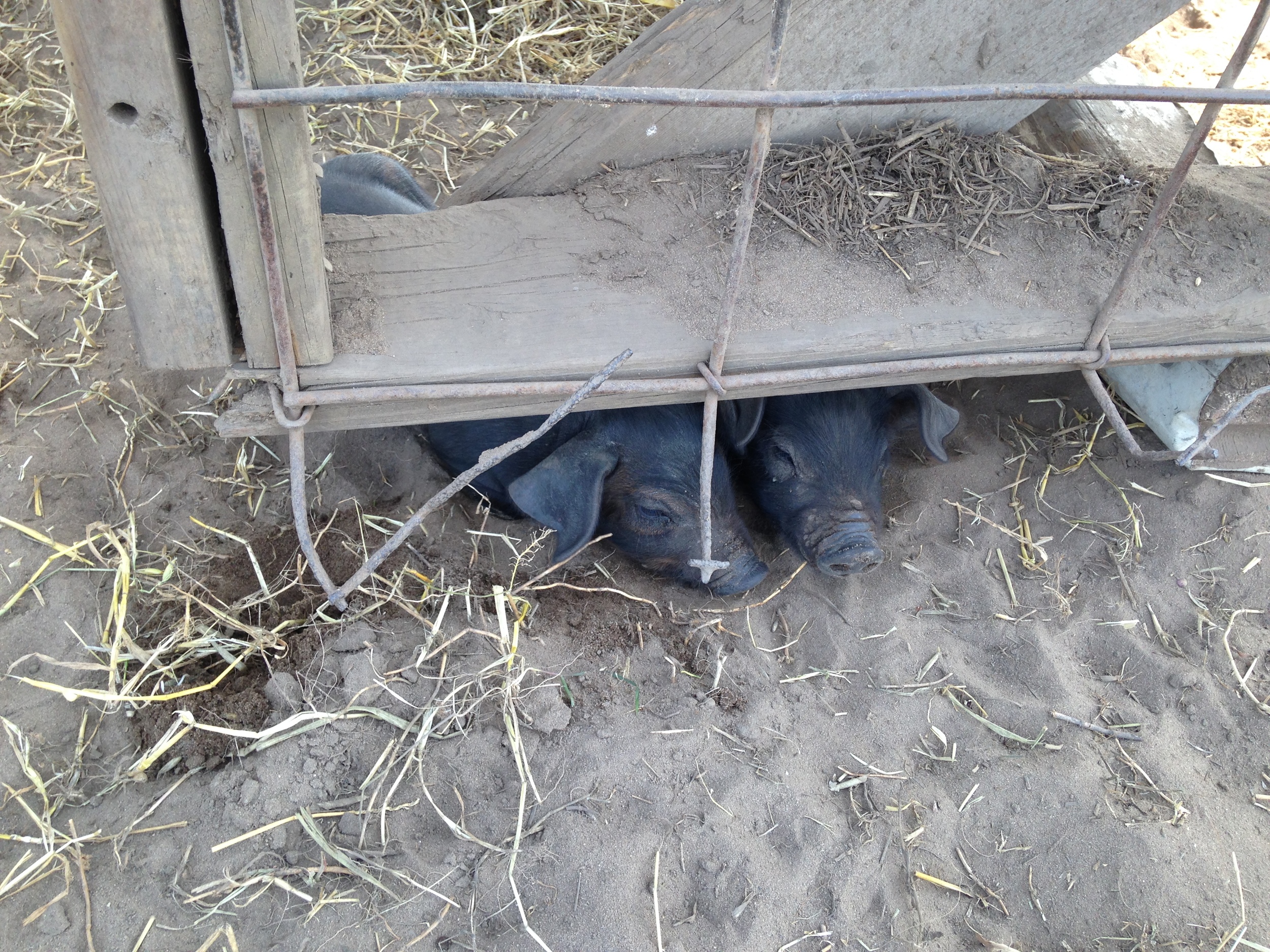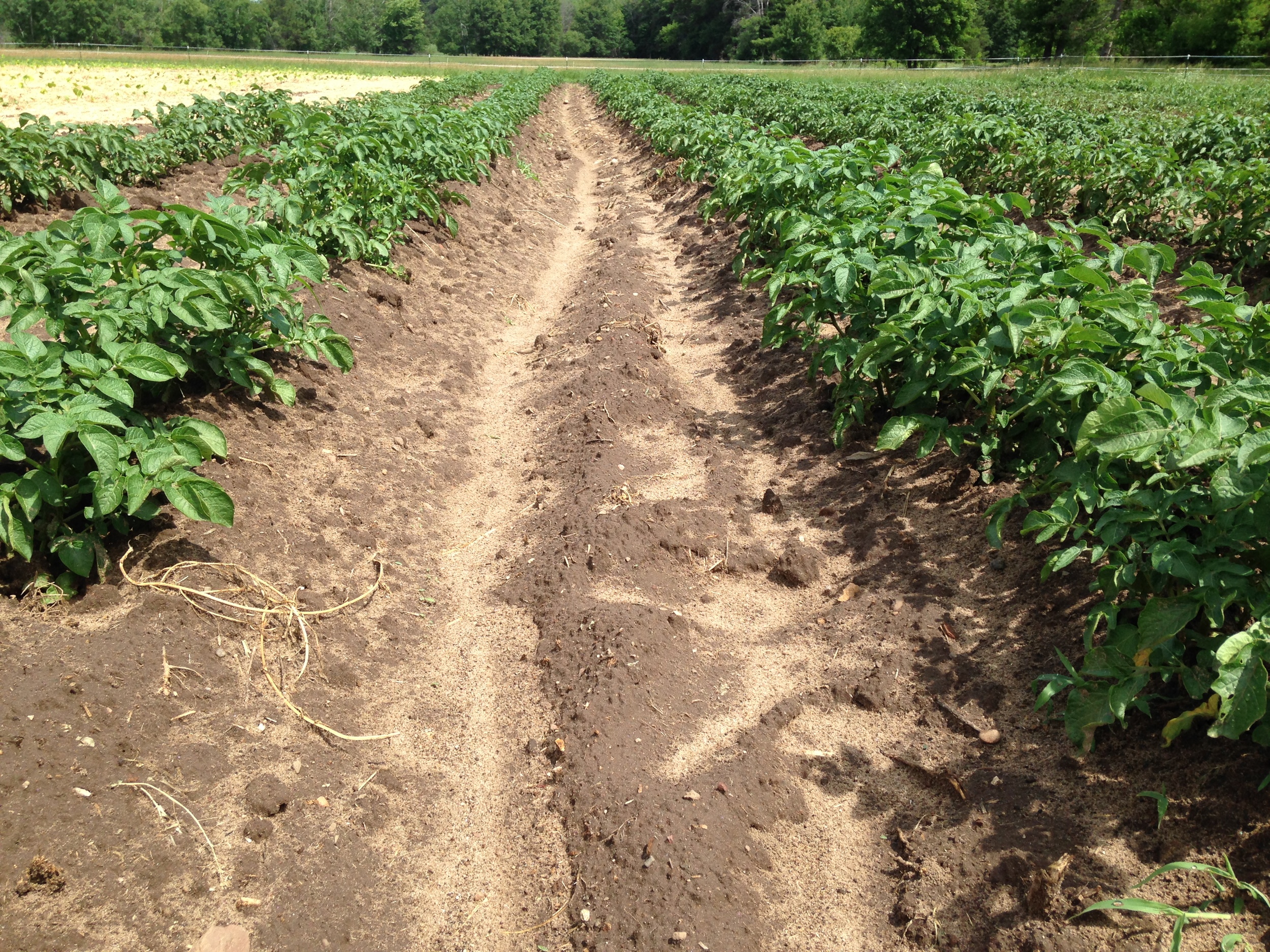Another busy, productive week on the farm. Summer had a bit of a mood swing, and I wore a sweatshirt and jeans for a whole day, which was a bit disconcerting. The cool weather doesn’t seem to have hampered our greenhouse tomatoes too much, and we picked enough cherry tomatoes and little striped tigerellas to sell a few pints at the markets this weekend. We have also been able to start our much-anticipated BLT Wednesdays, which we’ve been talking about for weeks, if not months. We happen to get fresh artisan bread delivered every Wednesday, have a chest freezer full of bacon, a field full of lettuce, and a greenhouse (and eventually a field) full of tomatoes. If I ever get tired of a homegrown BLT, someone slap me.
I’ve been going to the market in Princeton on Wednesday afternoons for the last few weeks, and that’s been an interesting experience so far. It’s a new market, and so has very few vendors right now, but I’m pleasantly surprised that by the third week, I already have what seem to be regular customers, some of whom actually remember my name. I’m hoping to keep increasing my sales and getting more and more people to come out on a regular basis.
After last weekend’s visit to see my aunt and uncle and parents at my future farm, I’ve spent the week showing people pictures of the site and trying to articulate my plans. It has been a useful exercise to organize my thoughts a bit, and I’ve been doing lots of thinking about what my startup year is going to look like. I’m still at the pen and paper stage these days, but at over a year out, I’m starting to think about ways to prepare in advance and from a distance. If I can swing it, I might try to start breaking sod on an acre or two this fall and plant some cover crops. Newly broken sod is not hospitable to most plants, so the more in advance I can get the process underway the better the first season will look. Some days I want to jump right in, and some days I want to keep my farm at the hypothetical level for a little longer. I often marvel at how long and hard Mat and Danielle work, and Danielle has said that when it’s your farm, that’s all you want to do. It’s not that I feel like this is “just another job,” but there is a limit to my investment, emotionally, personally, financially. It’s an odd thing to be looking forward to working the hardest I’ve ever worked, but that’s the strange part about wanting to run your own farm.
Thinking about: income streams, person scale, harvest frequency
Eating: aforementioned BLT, green beans, new potatoes, zucchini, fancy goat cheese
Reading: Roberto Bolano’s 2666, Michael Phillips’ The Holistic Orchard, Dave Jacke & Eric Toensmeier’s Edible Forest Gardens, Ron L Engeland’s Growing Great Garlic

















































